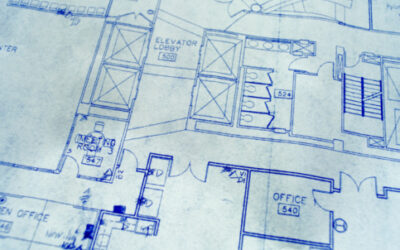Companies are right to be cautious about employing software to solve process problems. Automating a broken process simply serves to make it more efficiently broken. However, documenting processes is the first – and in my opinion, the most important – step in the improvement cycle. When Lombardi recently offered to demonstrate Blueprint, their web-based documentation and collaboration product, I approached the demonstration as a business professional with processes that need improvement, rather than an IT analyst or industry expert. Criteria for evaluation were ease of us
March 12, 2006

Karen Tricomi
Operational Excellence (OPEX)
Organizational Change Management (OCM)
Articles by: Karen Tricomi
Dashboard Design
This month’s article provides tips on ways to display information in a way that is content rich. These methods display information in a way that enhances understanding, highlights important elements, and minimizes distractions.
In 1983, Edward Tufte published a remarkable book titled The Visual Display of Quantitative Information1.
Process Architecture: Seven Essentials
Chances are good that your company has embarked on efforts to document processes and procedures at the departmental level, creating a collection of swim lanes and flow charts that might soon reside forgotten on servers and hard drives.
Process Mapping – Collaboration is Key
Wherever a business is on the continuum of process analysis, improvement, or re-engineering, the initial step is to understand how people do what they do. A process map can get you started.
A process map defines how an organization performs work: the steps involved and their sequence; who is responsible for each step; and how work groups interact.
There is no shortage of software tools to help map your processes, and myriad formats to choose from. No matter what format, tool, or technology is chosen to document the “As Is”, though, collaboration is key.

















